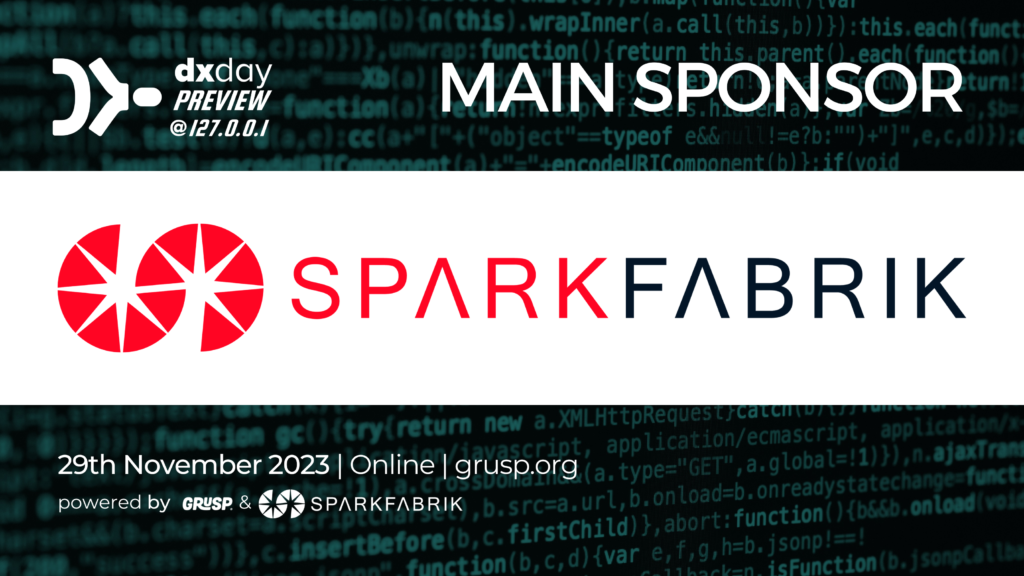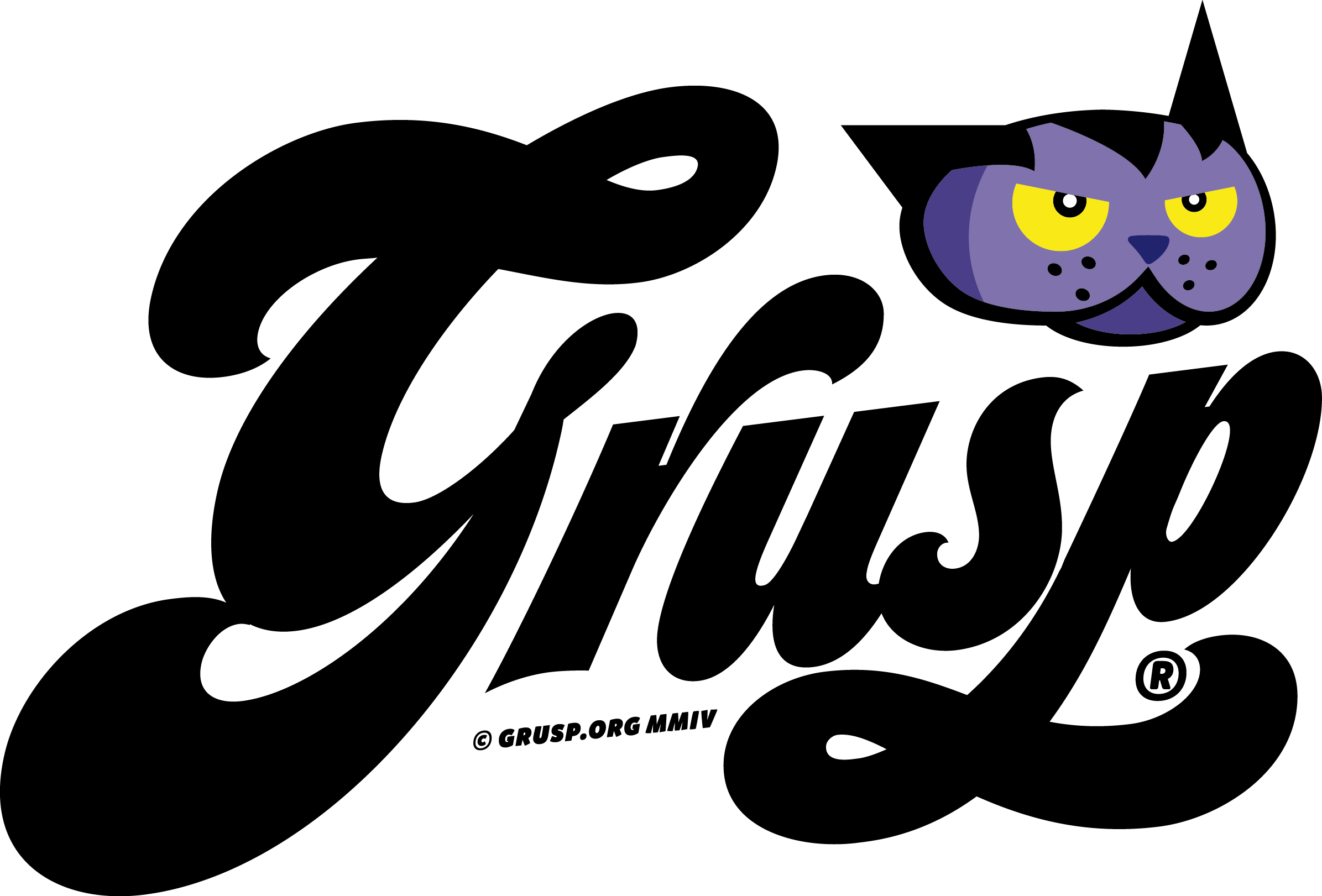Platform Engineering: Beyond DevEx – Metrics, maturity and tools
📅 Wednesday, 29th Novembre | 9.30 – 13.00
💻 Online
🎙️ English and Italian Language
Let’s get to the heart of the topics of the first edition of dxday with a free online event dedicated to the developer experience.
dxday preview @127.0.0.1 is sponsored and co-organized by SparkFabrik with GrUSP. SparkFabrik designs and builds Cloud-Native applications, cloud systems and infrastructures
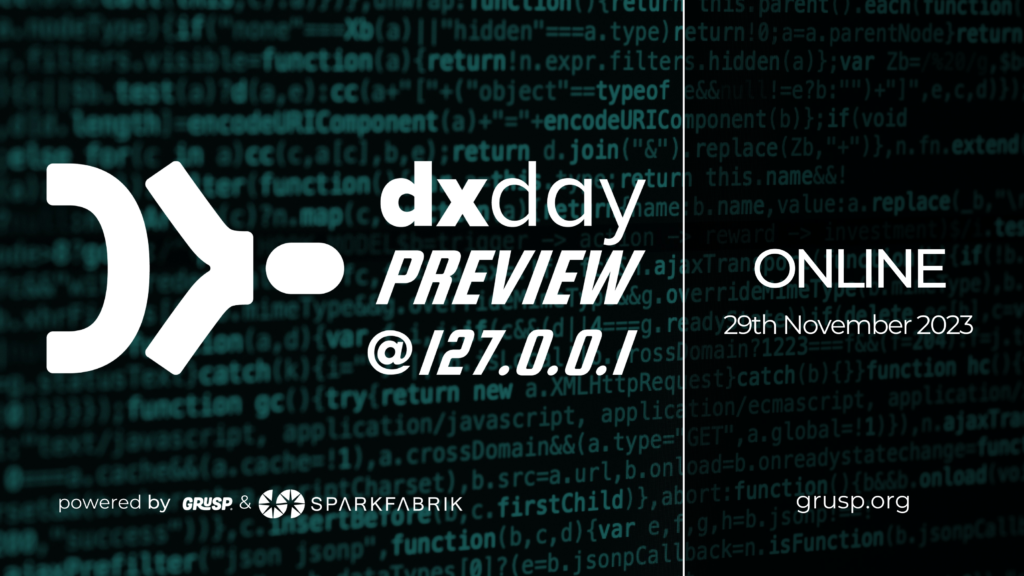
What is “platform engineering”?
The term ‘platform engineering‘ refers to the activity of designing and developing toolchains and internal work processes that enable the employees of an organisation to be self-sufficient in all software engineering activities, and emerged in response to the increasing complexity of systems designed according to the criteria of Cloud Native architectures.
Platform Engineering is a particularly effective practice in all those contexts where a Cloud Native development model focused on improving the Developer Experience (DevX) is being approached.
dxday preview @127.0.0.1 will take you through a discussion about the productivity metrics needed to measure the impact on the Developer Experience, and through real cases of tooling applications, like Backstage and Crossplane, by experts who work daily on enhancing Platform Teams.
This event is designed for Platform Engineers, Site Reliability Engineers, DevOps Engineers, Product Managers, CIOs, CTOs, DevRel Engineers.
How to attend dxday preview @127.0.0.1?
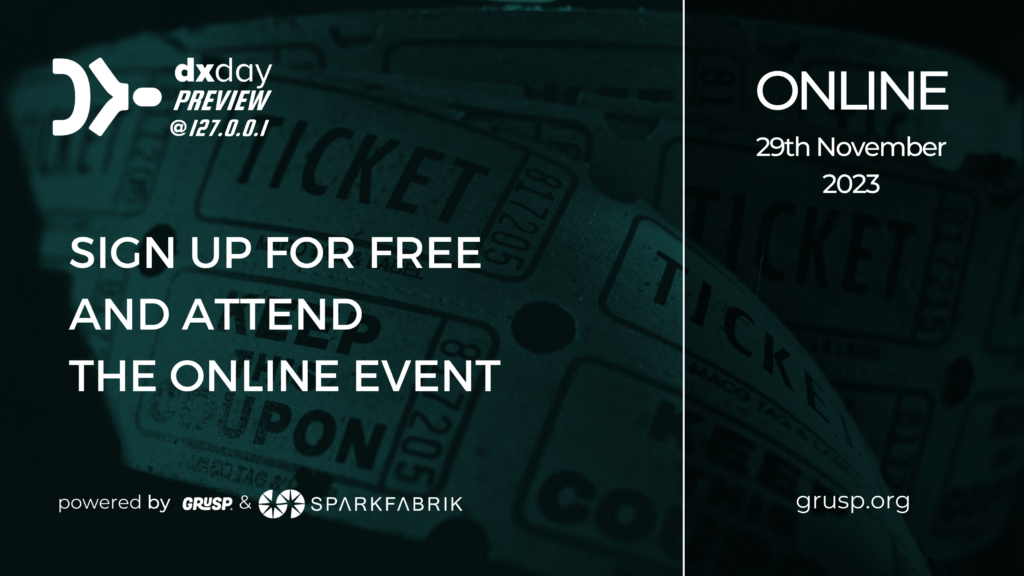
See you on Wednesday 29th November from 9 to 13.
Attend dxday preview @127.0.0.1 is free of charge.
The schedule of dxday preview @127.0.0.1
🕒 9.30 – 9-45
Welcome by GrUSP

Platform Engineering: the productivity metrics
A panel with Jennifer Riggins, Anna Ciula, Alexandra Craciun, Helen Greul, AbbyBangser
Engineering is a science, so we know that we can’t improve what we don’t measure. Yet, developers inherently distrust productivity metrics. How can we measure the impact of tooling, processes and company culture on the developer experience (DevEx) in a way that’s actionable and effective? Join this kick-off keynote panel to learn how from those that have been working with a Platform-as-a-Product mindset for years now.
How to Adopt Backstage: Lessons from 20 Adopter Interviews

David Tuite, Roadie
I interviewed 20 Backstage adopters, ranging in size from 6,000 engineers to 100 engineers. Most have 2 or more years of experience with Backstage. Amongst other questions, I asked them how they sourced their catalog, which plugins they used and what the most popular use cases were. I’ve pieced together lessons from these interviews and formed them into the first easy to follow guide to adopting Backstage. In this talk, I’ll explain the background of the interviews, share the lessons, and answer common community questions like “which Backstage feature should we start with?” and “how do we get all the catalog-info.yaml files”
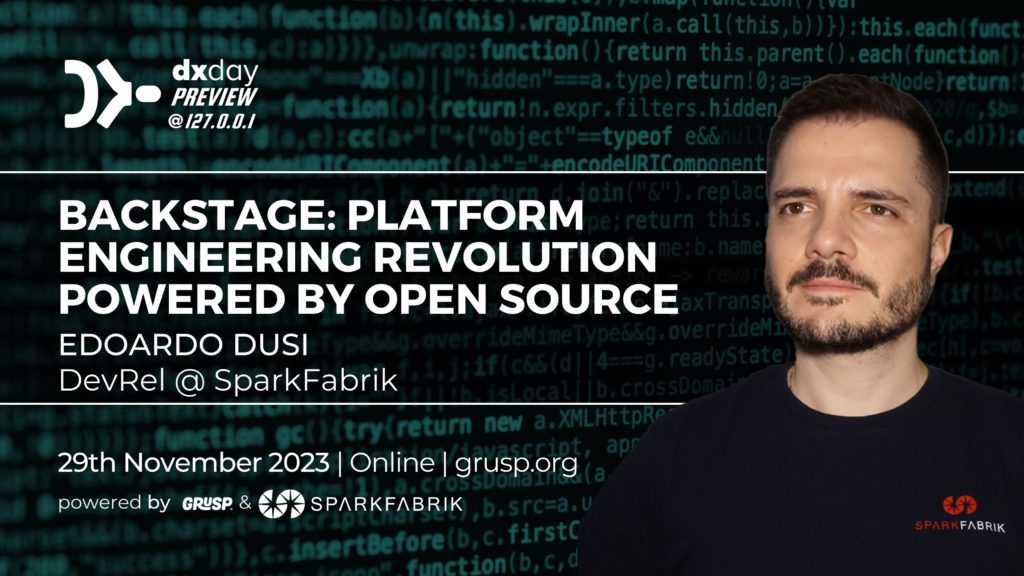
Backstage: Platform Engineering Revolution powered by Open Source
Edoardo Dusi, DevRel @ SparkFabrik
Backstage is an open-source platform that builds developer portals, streamlining and simplifying cloud-native development. It allows you to create a centralized software catalog that integrates with your existing tools and services, like repositories, CI/CD, monitoring, and more. Moreover, Backstage offers a versatile range of features and plugins that enable you to standardize, automate, and accelerate your development workflows, from code to production.
In this presentation, I’ll introduce the Backstage project and its advantages for platform engineering. I’ll demonstrate the installation and configuration of Backstage in your infrastructure, as well as the catalog’s addition and management of your software components, and the creation and documentation of your projects using Backstage software templates and tech docs. I will also show how you can expand Backstage with custom plugins, and install the ones provided by the community. By the end of this presentation, you will understand how Backstage can transform your platform engineering, enhancing productivity and promoting collaboration within your team!
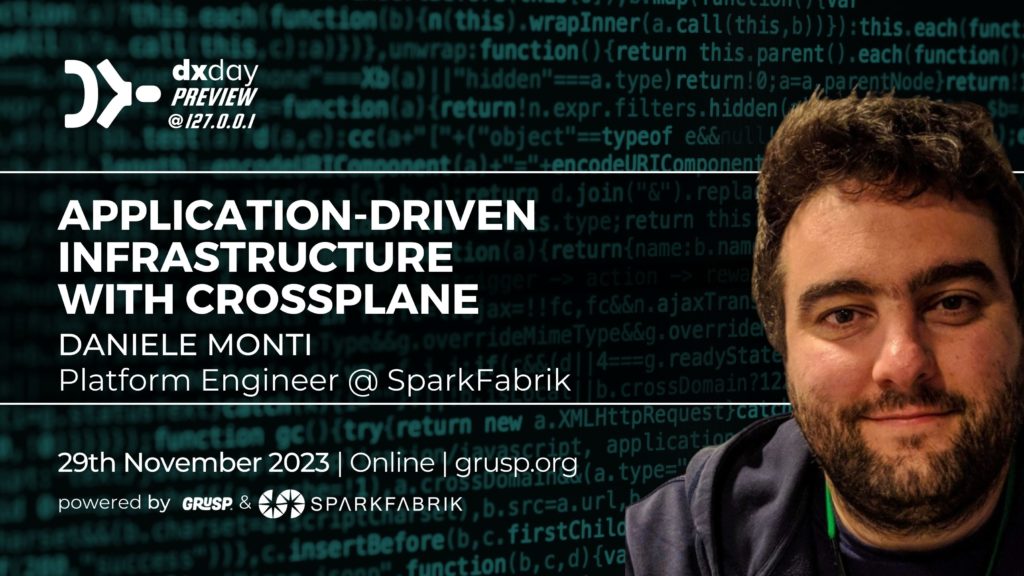
Application-driven infrastructure with Crossplane
Daniele Monti, Platform Engineer @ SparkFabrik
Crossplane allows users to extend their Kubernetes clusters using CRDs. The CRDs map any infrastructure or managed service, ensuring that the creation process for the users is as simple as the Kubernetes resources creation. Using a collection of YAML manifests, the development teams can assemble the needed cloud services for their applications removing this duty from the operation teams: this is “shift left” at its best. All this powerfulness comes with a cost in terms of security, governance, cognitive load and maintenance. In this talk we’ll discuss strategies and techniques to better map the complexity of this infrastructure.
Closing By GrUSP
